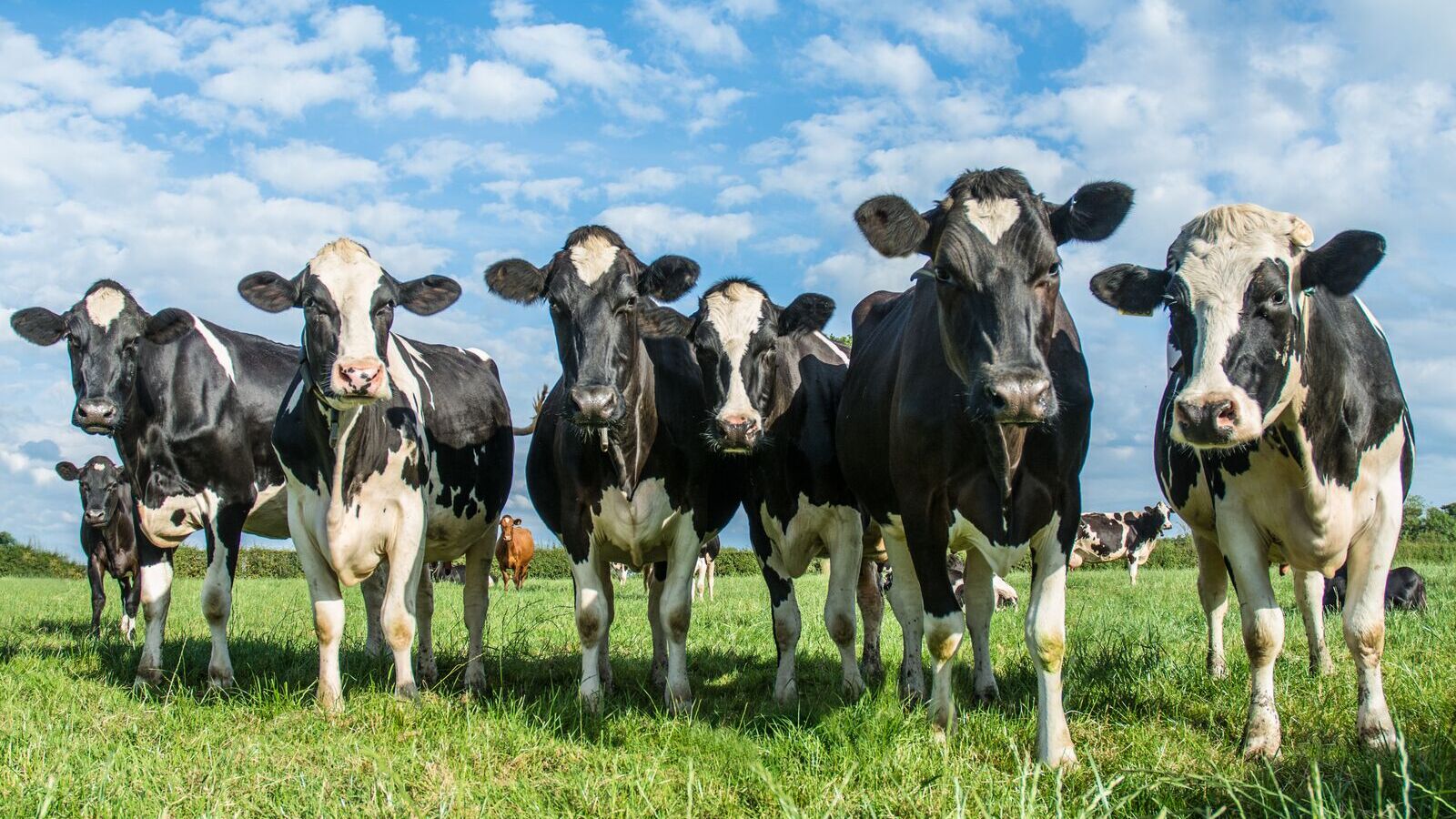EFSA’s scientists highlight that key European stop-overs with high-density bird congregations, such as Iceland, Britain, Ireland, western Scandinavia, and large wetlands like the Wadden Sea on the Dutch, Danish and German coasts would be useful places for early detection of the virus during the seasonal migration of wild birds.
The report also addresses the potential for the virus to be introduced into Europe through trade, concluding that the importation of products with raw milk from affected areas in the USA cannot be completely excluded and therefore could be a possible pathway. The importation of dairy cows and bovine meat could also be a potential route for virus introduction. However, the virus has rarely been found in meat, animal imports are very limited, and very strict trade regulations are in place for meat and live animals entering the EU.
EFSA’s report also provides an overview of the situation in the USA, where 981 dairy herds across 16 states were affected between March 2024 and May 2025. The report, which was reviewed by the US authorities, highlights that cattle movement, low biosecurity, and shared farm equipment contributed to the spread of the virus.
By the end of the year, EFSA will assess the potential impact of this HPAI genotype entering Europe, recommending measures to prevent its spread.
